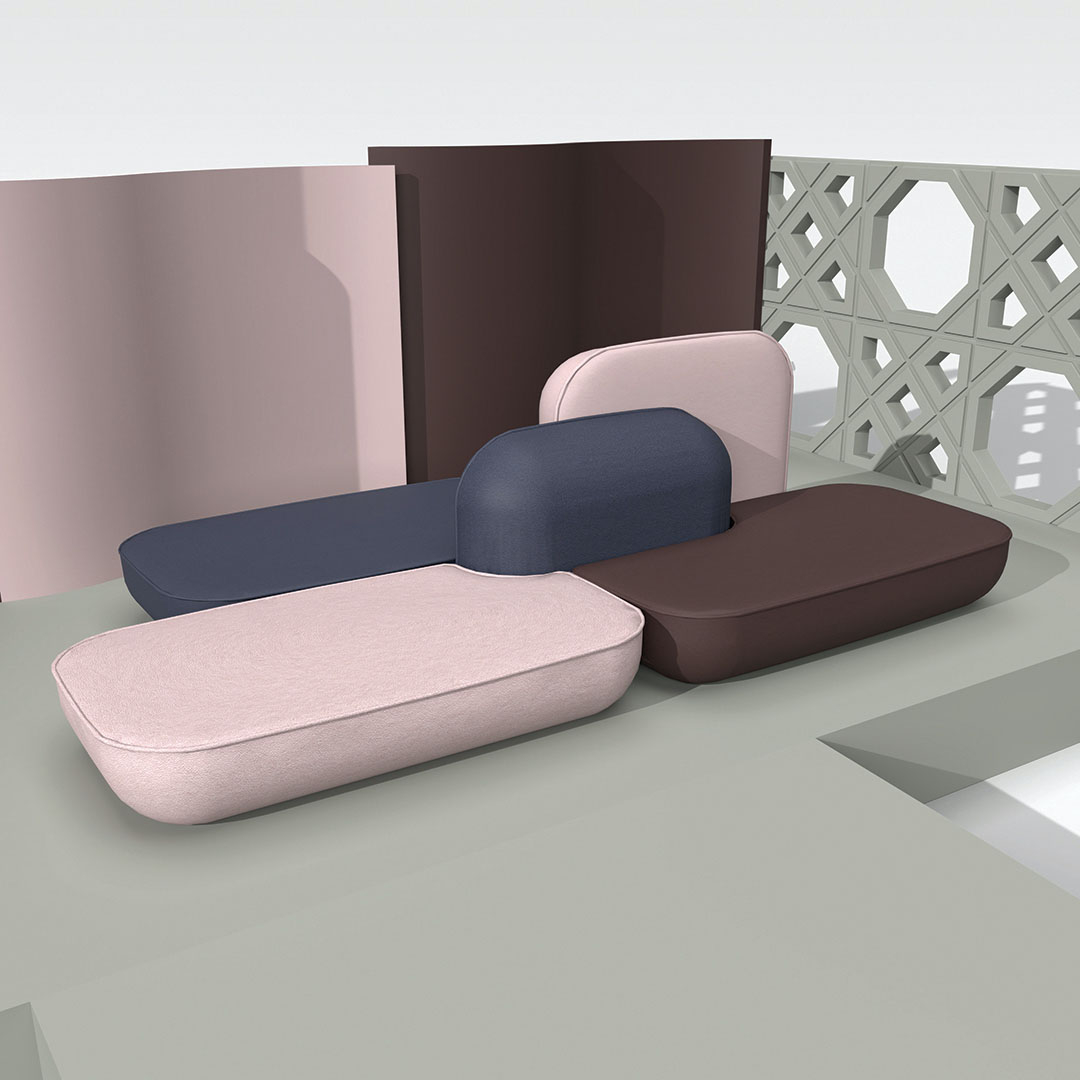Hygiene is front of mind for hotel staff and operators
As lockdown starts to soften around the world and Europeans scramble to book a last-minute summer holiday, hygiene is front of mind for hotel staff and operators. Rigorous cleaning protocols will need to chime with new regulations, reassuring guests without resorting to a cold, clinical environment. The rise of boutique and design hotels is now decades old, so discerning customers will still expect character, colour and a cosy atmosphere with a new essential, added ingredient – safety.
New cleaning regimes
According to the Centres for Disease Control and Prevention (CDC), the coronavirus can live on some surfaces for as long as 8 hours. In order to contain the spread of infection, all surfaces in a hotel environment need to be cleaned and then disinfected and sanitized.
Fabrics in high-touch areas like furniture upholstery, curtains, and vertical surfaces such as acoustic panels will need to stand up to frequent, rigorous cleaning that will include everything from disposable wipes to bleach-based, alcohol-based, quaternary-based and hydrogen peroxide-based disinfectants.
As a result, commercial interior designers have begun replacing woven textiles with solid, non-porous materials that have high chemical and hydrolysis resistance yet retain the same appearance and haptics as textiles.
An additional layer of protection
Antimicrobial materials are also becoming increasingly popular as they offer an extra layer of protection that prevents germs from multiplying. Biomimicry, the practice of learning from and mimicking strategies found in nature, can be applied to the development of antimicrobial materials. For example, the ‘shark skin effect’ involves taking a matrix of patterns based on the structure of shark skin that is 3D-printed into the structure of a silicon-based coating. The highly ordered series of bars arranged in an interlocking diamond fashion creates a surface that prohibits microorganisms from attaching to and growing on the surface.
Natural metal compounds have been used as antimicrobial agents for thousands of years. Combination coatings containing silver (silver ions, not nano-silver which can leach out) and titanium can destroy dangerous germs without any cytotoxicity.
Innovative, animal-free materials specialist Ultrafabrics has just refreshed its collection of antimicrobial fabrics, Ultraleather Pro, with fourteen new colour options. These safe, durable, high-performance, soft and luxurious fabrics not only inhibit the growth of bacteria and other microbes, but are also bleach-cleanable, beautiful and PVC-free.
